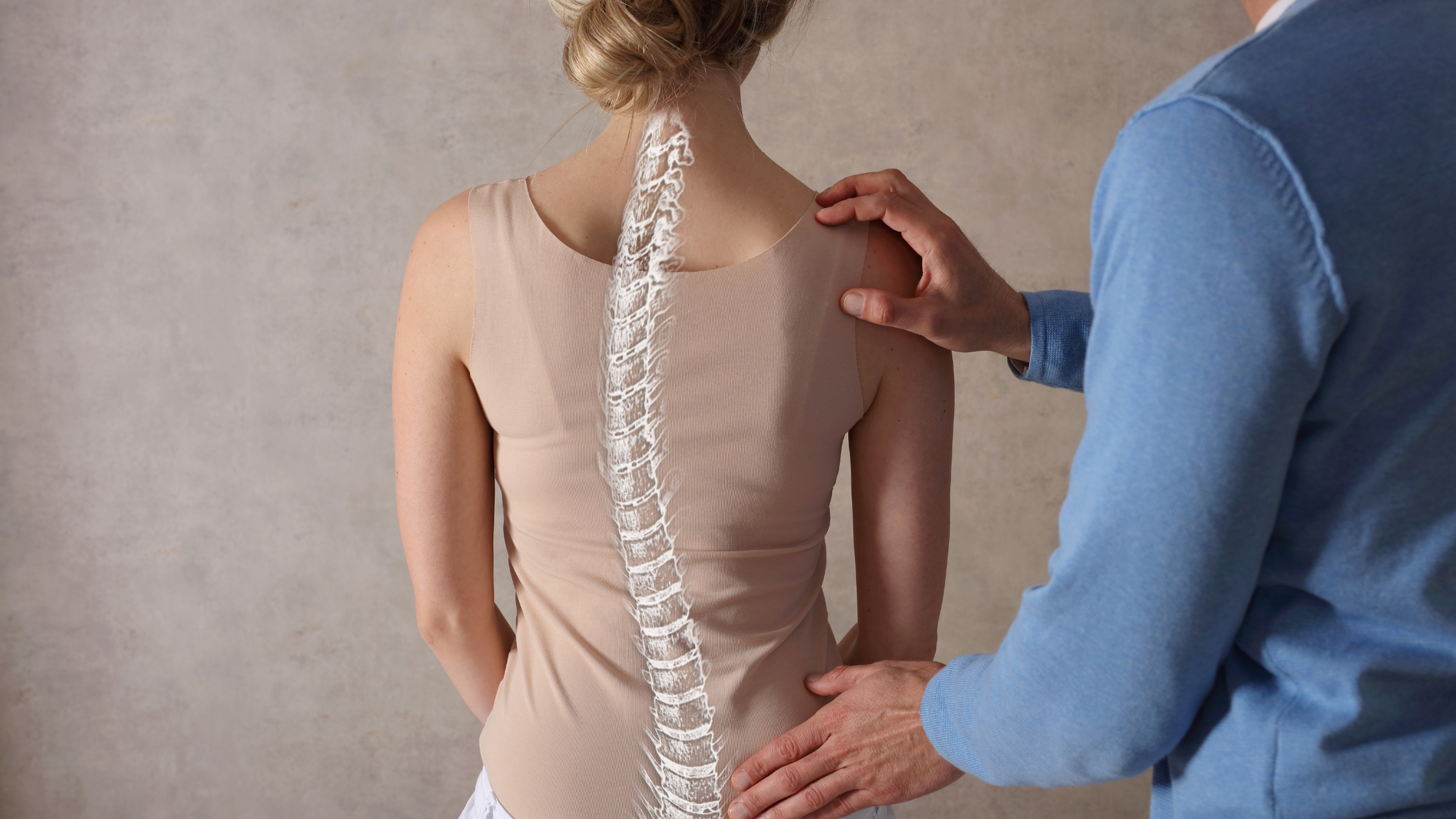![]() Make Appointments 24/7, 365 days a year.
Make Appointments 24/7, 365 days a year. ![]() 302-731-2888
302-731-2888
![]() Make Appointments 24/7, 365 days a year.
Make Appointments 24/7, 365 days a year. ![]() 302-731-2888
302-731-2888

Adult degenerative scoliosis, also known as adult-onset scoliosis, is when the facet joints and intervertebral discs deteriorate and lead to a curve in the spine. This side-to-side curve occurs over time as a person gets older. It commonly begins after age 40, and is more frequently seen in patients who suffer from osteoporosis. Osteoporosis causes the bones to lose bone density, quickening the deterioration rate. The spine can begin to “lose shape,” and a scoliotic curve can develop. Age is the leading cause of degenerative adult scoliosis. Overtime, facet joints and discs can deteriorate, causing the spine to weaken and lose its shape. The joints and discs are what makes your back flexible. The joints enable bending and twisting. The discs act as shock absorbers. Degenerative changes are all part of getting older, however other conditions cause degeneration at high rates: Arthritis: Weak joints and irregular vertebral alignment, caused by pressure on the spine. Osteoporosis: Loss of bone density weakens the bones and their stability. Spine Surgery: Recovery and time after a spinal surgery can cause spine deformities. Aging joints, combined with any of the factors above, can cause significant deformity. Mild-to-moderate deformity is common in older people but can appear in people as young as their 40s. Studies show that approximately 60% of people over the age of 60 have mild degenerative scoliosis. Degenerative adult scoliosis can cause pressure on the nerves and along the spinal cord. This leads to weakness, numbness, and pain in your lower extremities. In extreme cases, the pain and weakness can make walking difficult. Unlike scoliosis in adolescents, treatments for spine deformity in adults is determined by the severity of the symptoms, not the severity of the curve of the spine. Treatments tend to focus on managing the pain and reducing symptoms as opposed to correcting the curve. For mild-to-moderate cases, treatment usually consists of pain management and physical therapy (PT). PT is used to increase mobility of the spine. Low-impact exercises may be used to help restore strength of the spine, with hopes of decreasing the symptoms and rate of deterioration. Over-the-counter medications can be used to manage and reduce pain. NSAIDs help minimize pain caused by inflamed joints or arthritis. Medications are not used to heal the spine, but to reduce pain caused by the curvature of the spine. Reducing pain can allow a patient to resume normal daily activities while they work to regain strength and flexibility. Other ways to treat degenerative adult scoliosis include: Weight Loss: Losing weight helps decrease the pressure placed on facet joints Nutrition: Eating foods that help reduce anti-inflammatory properties - such as tumeric and ginger - help reduce the pain. Drinking water is important Bracing: A brace is used to restrict motion to relieve pain during daily activities and perhaps during physical therapy. Braces can also be used to decrease stress on the facet joints. If the symptoms and curvature of the spine is severe, your doctor may recommend surgical options. Surgery is used when the patient’s pain is so severe that is become debilitating or when there is nerve damage from the spine curving. Nerve damage can result in the loss of normal bodily functions such as walking or bladder control. To learn more about First State Orthopaedics and their methodology for treating chronic pain, contact our team today.Causes of Degenerative Scoliosis
Treatments
* indicates a required field.